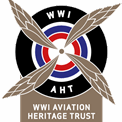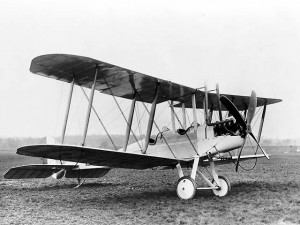Early ‘spotting’ aircraft were normally two-seaters comprising a pilot and observer. On the inherently-stable British Royal Aircraft Factory BE2 biplanes, the observer occupied the front seat – surrounded by struts and bracing cables – a somewhat impractical position from which to conduct his myriad duties. In fact observers spent most of their time kneeling on their wicker-woven seats keeping a sharp look-out over the tail and, as one ex-flier recalled… ‘getting bloody cold in the process!’ German aircraft designers had the positions reversed and in the French air service, initially equipped with ‘pusher’ types such as Farmans and Voisins, aircrews enjoyed virtually uninterrupted views of everything around them from bath-like nacelles that projected forward from the wings.

